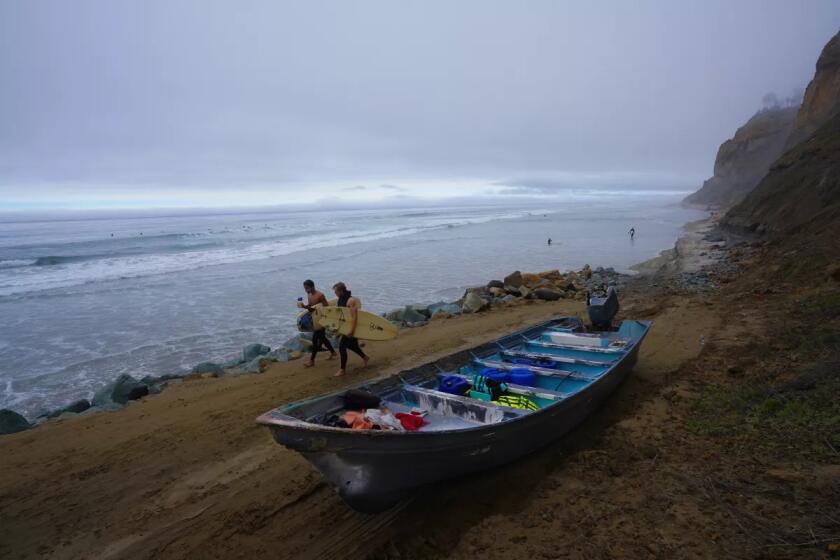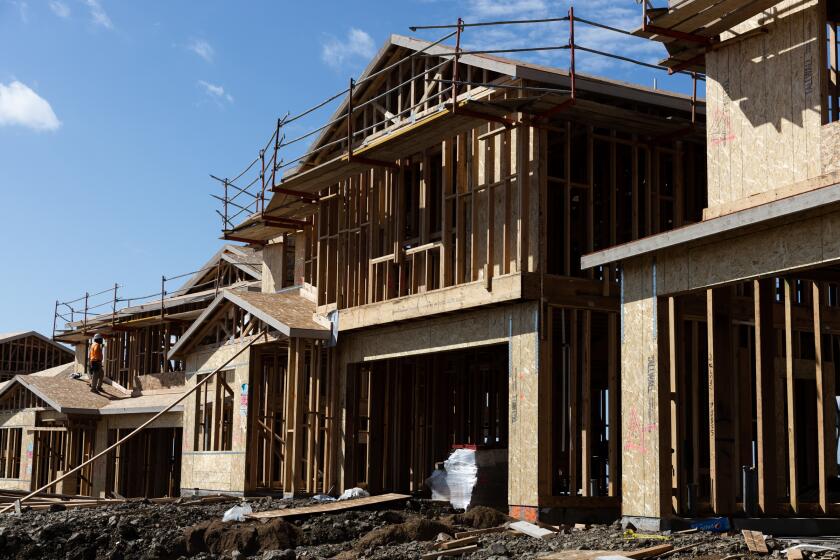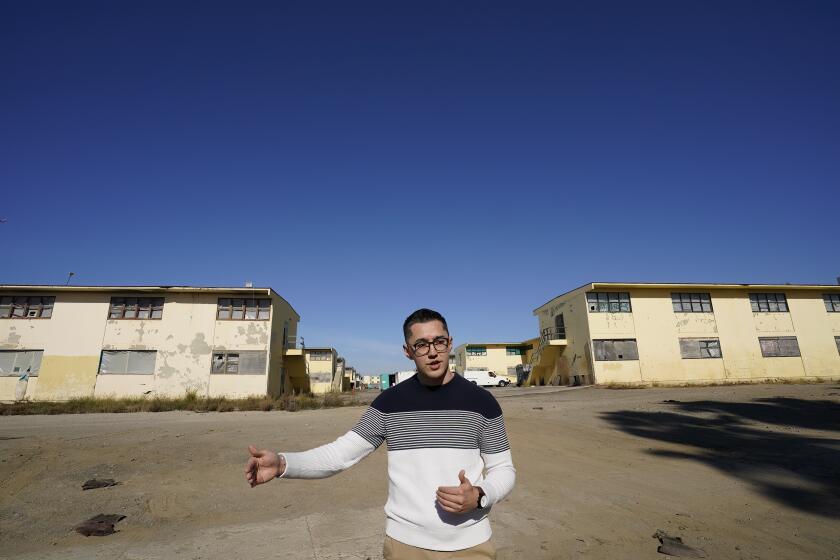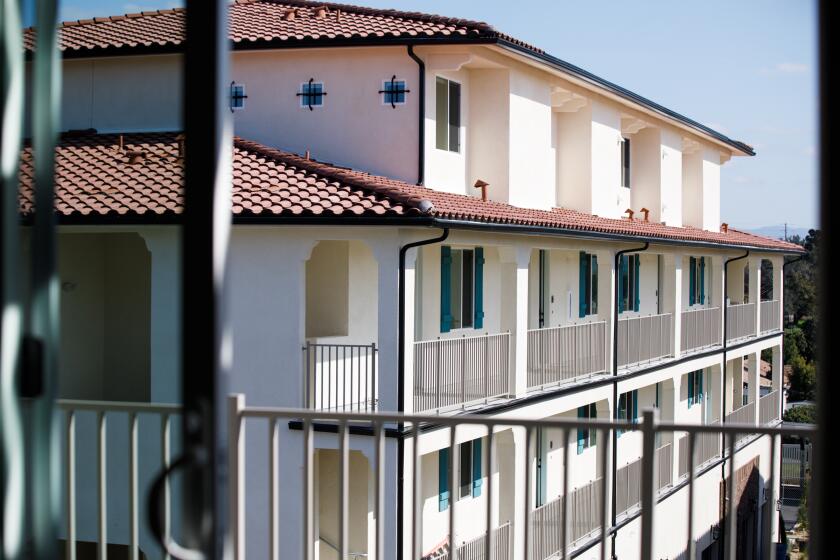Column: As West heats up, cold-weather cities getting a new look as ‘climate safe havens’
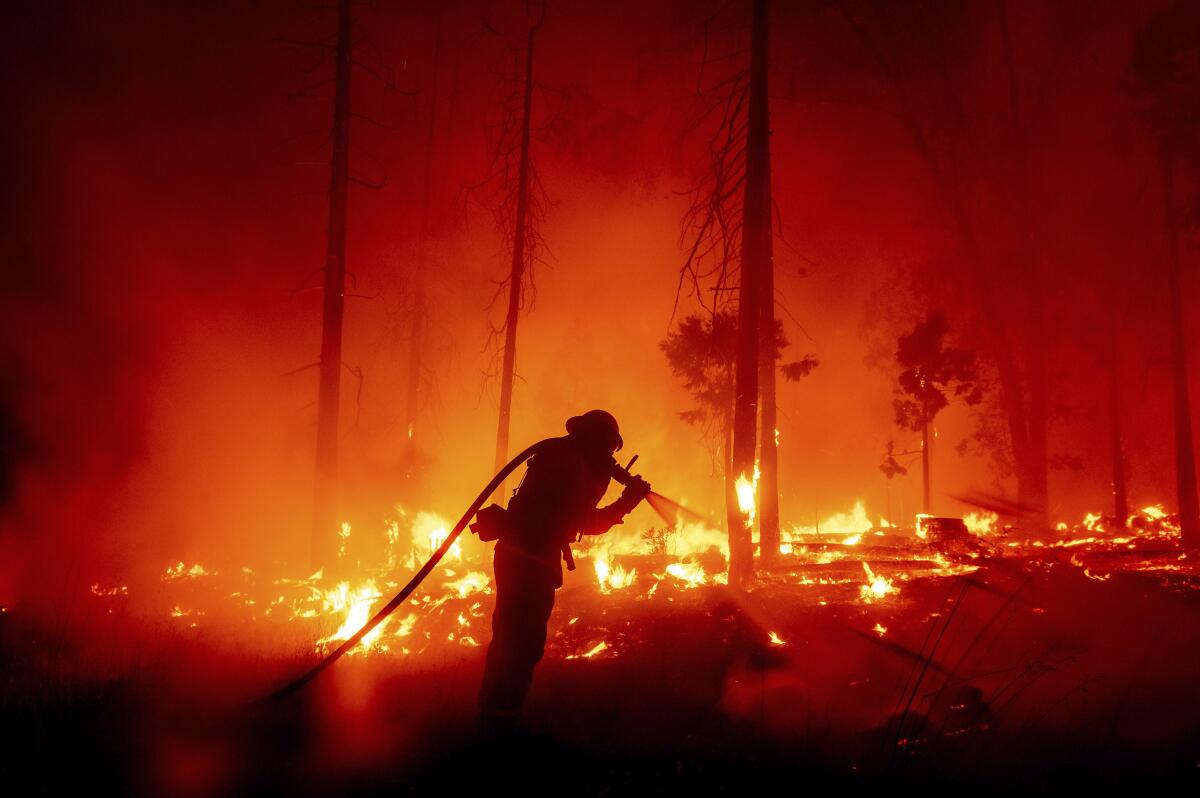
Duluth, Minn., in particular, is seeing some climate migration from other parts of the U.S. — and getting a lot of attention for it
Excessive heat, enduring drought, omnipresent wildfire and rising sea level.
Those growing dangers driven by climate change have generated grave concerns and considerable news coverage about how habitable California and the West will be in the not-too-distant future.
Those troubles have brought attention to surprising places for very different reasons.
Some northern and Midwestern cities, where harsh winters might seem off-putting, are now being considered by some experts — and the cities themselves — as potentially desirable destinations for residents in areas of the country increasingly threatened by global warming.
In particular, Duluth, Minn., has been having its day in the not-so-hot sun. The New York Times, Reuters, CNN and others have speculated in recent years that the small city on the western edge of Lake Superior could become a prime “climate refuge.”
Anecdotal evidence shows such migration has already begun, at least in a small way.
“Last October I bought a house in Duluth. It’s my retirement plan,” said New Yorker Lacy Shelby in an email, according to a 2019 Reuters story. “I needed ... a lower ‘dose’ of noticeable climate change.”
Ten potential candidates for physician openings mentioned hearing that Duluth may be a climate-resilient location, a recruiter at St. Luke’s Hospital told the news service.
Climate has long been one reason why people move — which for generations was a big attraction of California — along with jobs, cost of living, crime rates, schools, culture and more.
High costs in California — particularly for housing — have been cited among other concerns in a deluge of news reports as reasons why people are leaving the state. Researchers have produced data to show the notion of a mass exodus is a myth, though there has been noticeable movement within the state.
Amid the push-pull of whether to keep building — and rebuilding — in high-risk fire zones and oceanfront property, some Californians say the risk is too great to remain.
In April, CNN profiled a woman named Tracy (no last name was given) who was forced to evacuate her home in a bucolic region of Northern California when it was threatened by fire. She said she was worried about the future for her granddaughter, who lives with her. Tracy was resolved to move, but faced a dilemma.
“The big question I have is: If not here, where?” she said, acknowledging she was fortunate to have the wherewithal to contemplate such a transition.
Upon learning from the CNN journalist about the growing attention on Duluth, she said “I’ll go look!”
Well-to-do Californians are not the typical image of what’s become known as “climate refugees.” Puerto Ricans leaving hurricane devastation on their island and Central Americans pushed north by drought — along with poverty and violence — are among those who have migrated north.
More than 1 billion people around the globe may be displaced by 2050 from climate change, according to the Ecological Threat Register. As many as 13 million people within the U.S. could be forced to move by 2100 just because of sea-level rise, according to a report in the journal Nature.
That doesn’t mean all those people will be seeking refuge in other states and countries, though a lot will. Many are expected to seek literal and proverbial higher ground not far away.
Sun Belt states continue to grow, though population has stalled in California. How much population shifts to winter lands because of climate change fueled by human-made greenhouse gas emissions remains to be seen. The notion of Duluth being attractive to climate migrants started with Jesse Keenan.
Keenan, now a professor at Tulane University, was teaching at Harvard when he highlighted Duluth after he and his team spent more than 2,000 hours studying which U.S. cities and towns might be safer climate havens, have room to grow and potentially provide other amenities for a sustainable urban area, according to Reuters.
Other cities with potential cited by Keenan include: Burlington, Vt.; Buffalo, N.Y; Pittsburgh, Penn.; Knoxville, Tenn.; Asheville, N.C.; Toledo, Ohio; Detroit, Mich.; Milwaukee, Wis.; and Minneapolis, Minn.
No, you won’t find some of those on traditional “best places to live” lists.
Keenan was invited to Duluth in 2019 to give a presentation on his research and shortly thereafter civic leaders began planning for a possible influx of new residents.
The oddity of a city where the average temperature in January is 2 degrees — with spells of sub-zero weather — being considered a climate-change destination captured the imagination of the national media.
Keenan, whose expertise is in climate adaptation and design, had fun by offering some would-be promotional slogans, such as “Duluth: not as cold as you think!”
Actually, the heating of the Earth’s climate could moderate Duluth temperatures some.
“Warmer winters are not entirely unwelcome,” Erik Brown, a professor of environmental sciences at the University of Minnesota-Duluth told CNN.
The city of 86,000 is not worried about drought. It sits on one of the largest bodies of freshwater in the world.
Duluth has become a regional center for banking and health care with a focus on tourism (mostly in the summer). It took economic hits in the 1950s when the ore industry faded and in the 1980s when U.S. Steel closed a plant.
The city has been dubbed “San Francisco of the Midwest” largely because of its topography of hills descending to the lake, but it also is politically progressive and the cultural mecca for the surrounding areas. That comparison often is greeted a bit defensively by some locals.
“I’ll let you decide if you think that’s true,” Duluth Mayor Emily Larson told a CNN interviewer.
Perhaps another a California connection — and another stretch — is surf culture. Yes, hearty folks ride the frigid swells of Lake Superior around Duluth and some other far-flung shoreline communities. It surely was happenstance, but a brief aerial shot in a CNN video about climate change and Duluth shows a truck with a surfboard on top heading along a lakefront road with other vehicles past a small, crumbling left point break.
The idea of climate refugees moving there was once a novelty, but not anymore.
“A handful of years ago I would have thought, ‘Huh. That’s a one-off,’” Larson said. “It is much more common now.”
While there’s excitement about opportunity, there’s also some trepidation that too much growth could ruin what makes Duluth inviting in the first place — a dilemma familiar to Californians.
Warmth and sunshine brought a lot of people to California, but now those attributes are turning into liabilities across much of the state. Duluth is not without challenges from its greatest resource — water. Lake Superior and the other Great Lakes are rising. It rains a lot and flooding is common.
A disastrous flood in 2012 was not seen as a one-off.
“Many have asked me if events like the Duluth Flood can happen again,” wrote Paul Huttner of Minnesota Pubic Radio. “The answer is not if. . . but when.”
That’s what we say about major wildfires.
Get Essential San Diego, weekday mornings
Get top headlines from the Union-Tribune in your inbox weekday mornings, including top news, local, sports, business, entertainment and opinion.
You may occasionally receive promotional content from the San Diego Union-Tribune.

